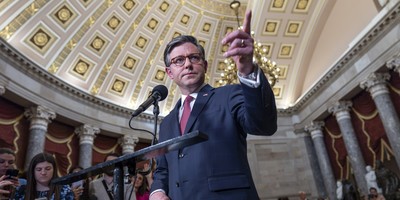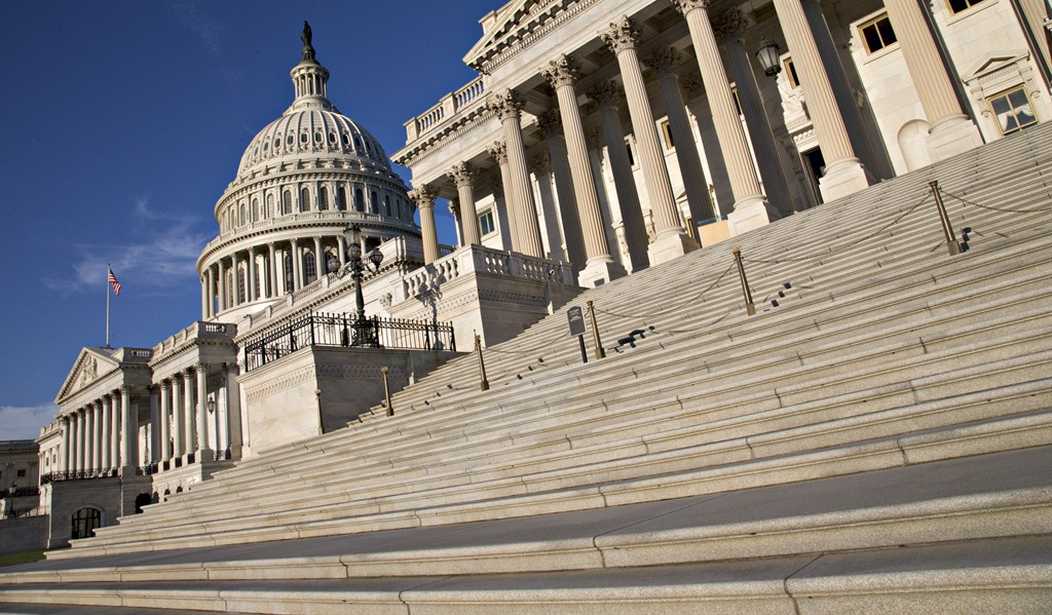The Following is a guest commentary by Chris Edwards, Cato's director of tax policy studies:
Downsizing Government has a new tool allowing readers to chart spending for more than 500 federal agencies with the click of a mouse. It’s pretty cool. Hopefully it will help citizens, reporters, and policymakers understand how the budget has grown to a colossal $3.5 trillion a year.
The data is sourced from the most recent federal budget and converted to 2013 constant dollars. In other words, the effect of inflation has been removed so that today’s spending can be fairly compared to spending in past years.
You can learn a lot about the government by exploring with the charting tool. Here are some things that I noticed:
- Department of Agriculture. Spending was fairly flat for 25 years, but then soared after 2008 because of food stamp costs (Food and Nutrition Services). Regarding agriculture, subsidies from the Farm Service Agency are down, but subsidies from the Risk Management Agency are way up.
- Department of Defense. The main components of defense spending (such as procurement) have followed a similar pattern—down in the 1970s, up in the 1980s, down in the 1990s, and up in the 2000s.
- Department of Education. Spending has gyrated wildly over the past decade partly due to large reestimates of student loan costs (Office of Student Aid). Regarding K-12 schools (Office of Elementary and Secondary Education), subsidies soared under Bush and then under Obama with the 2009 stimulus bill.
- Department of Energy. Subsidies (Energy Programs) soared under Carter, were cut under Reagan, and then soared again under Obama. The two other largest components of DOE spending are nuclear security and the environmental cleanup of federal nuclear sites.
- Department of Health and Human Services. Real spending has increased nine-fold since 1970 and now tops $900 billion. Yikes.
- Department of Homeland Security. If you are concerned about America becoming a police state, look no further than this department. Real spending has tripled over the past decade because of big-government policies such as nationalizing airport security. (The 2006 spike in the chart is post-Katrina FEMA spending).
- Department of Housing and Urban Development. This department includes perhaps the silliest of all federal spending activities: Community Planning at $11 billion a year. The federal government has enough truly national problems to deal with that it can leave the bicycle paths and parking lots to local governments. The spending chart for Community Planning illustrates a classic case of how Reagan’s budget cuts were reversed by Bush, Clinton, Bush, and then Obama.
- Department of Justice. Real spending has more than tripled since 1990.
- Department of Labor. The recent spike in spending stems from unemployment insurance costs being far larger than during prior recessions.
- Department of State. Real spending has more than tripled since 2000.
- Department of Transportation. Is government infrastructure being starved? It doesn’t look like it to me.
- Department of the Treasury. Chart the IRS and you will see that spending has more than quintupled since 1990. This is the huge, hidden welfare budget of refundable tax credits.
- Department of Veterans Affairs. Spending was roughly flat for three decades until 2000, but has more than doubled since then.
- Other. Open up the Other category with the “+” button, and you will see hundreds of federal activities you’ve probably never heard of.
Recommended
The chart tool is here www.downsizinggovernment.org/charts.php.
Data notes are here www.downsizinggovernment.org/chart-notes.

























Join the conversation as a VIP Member